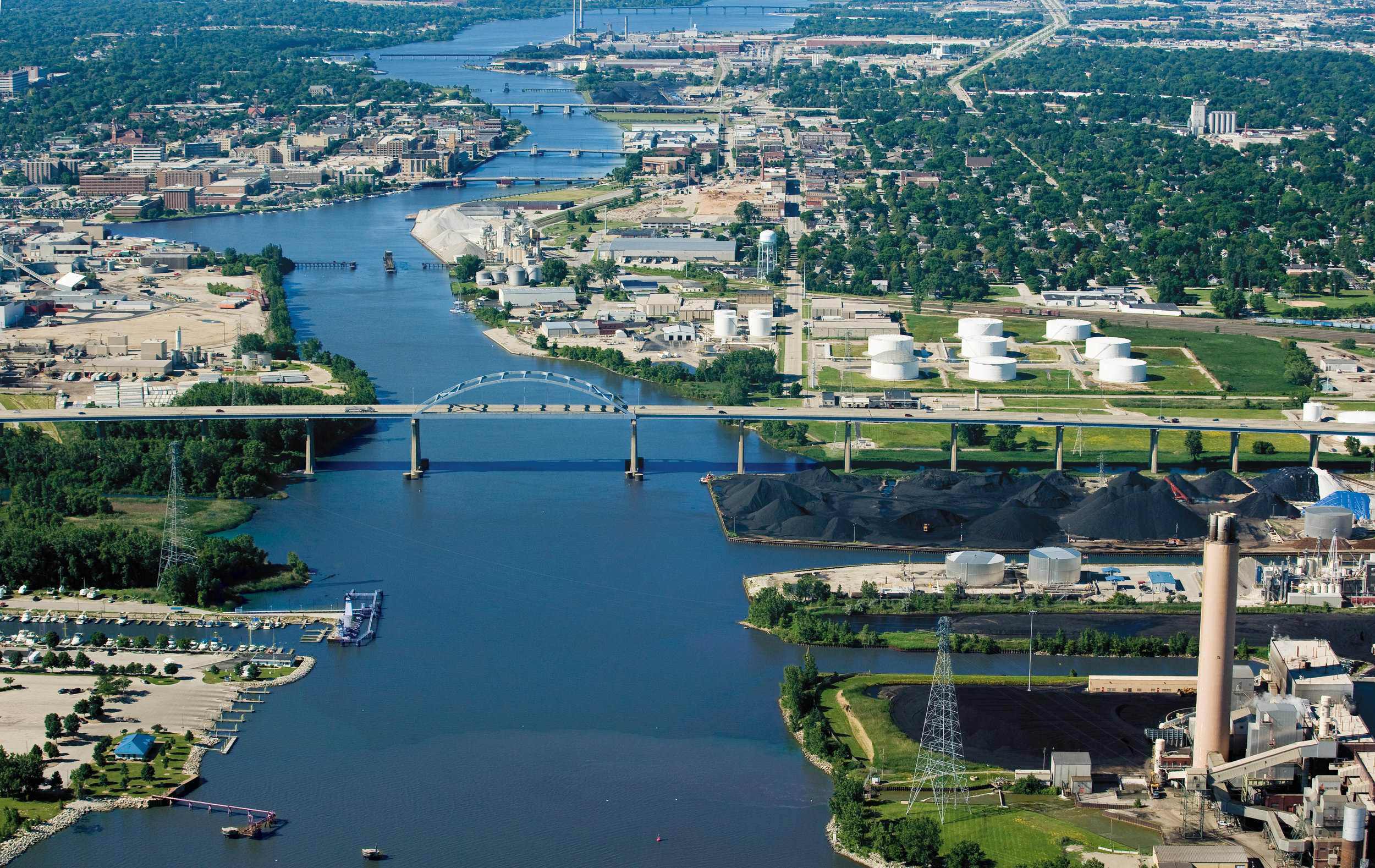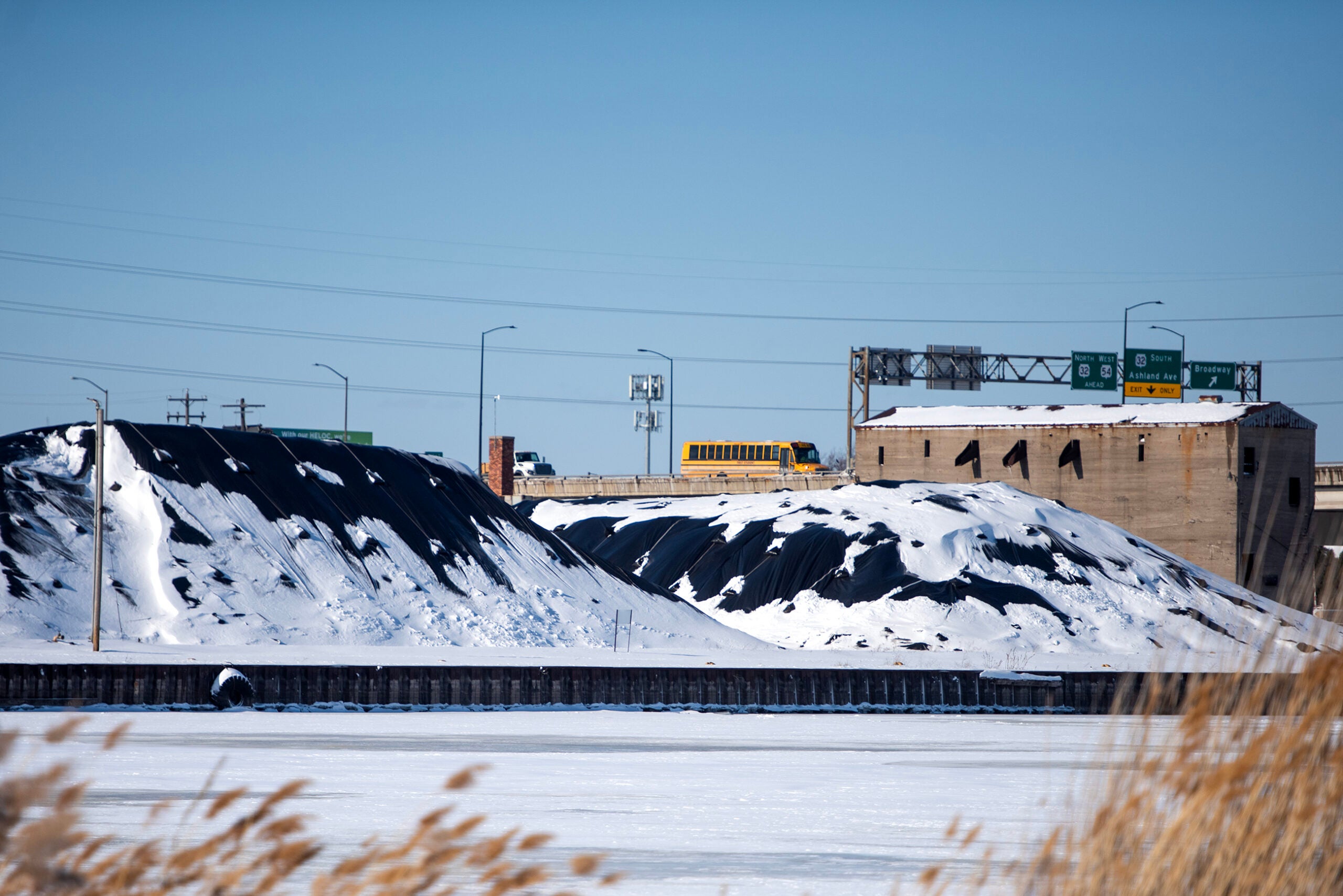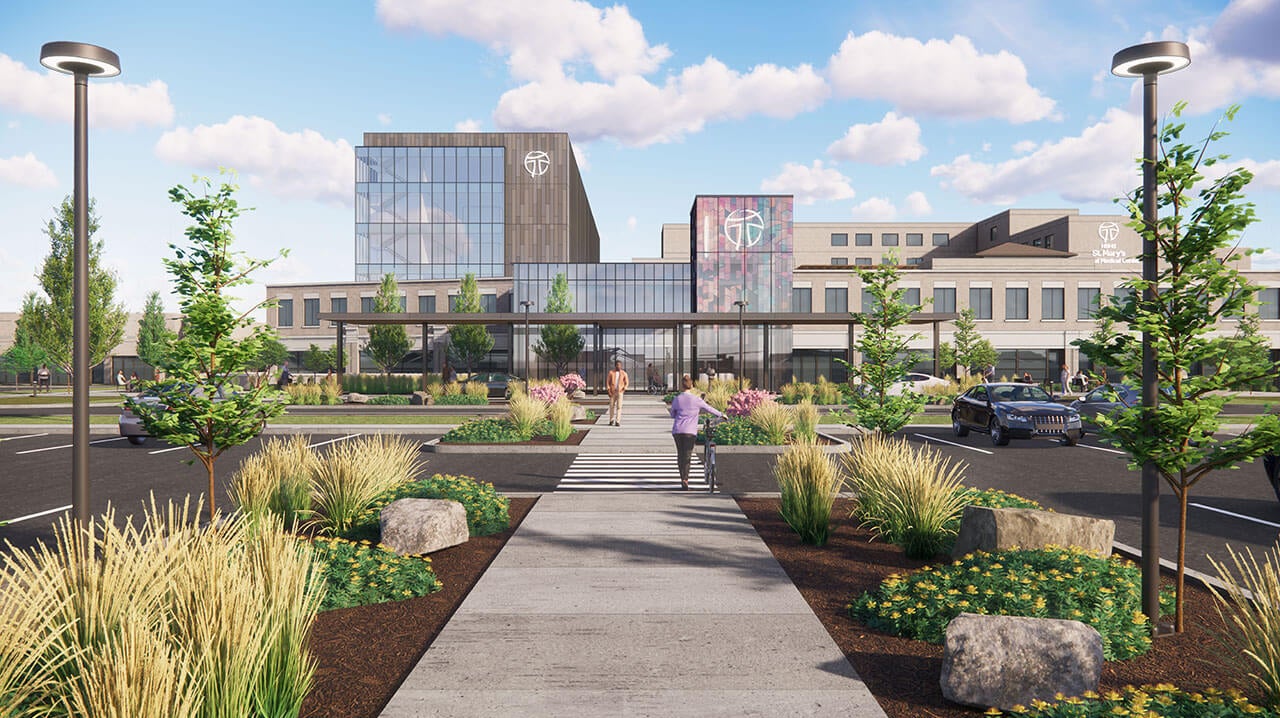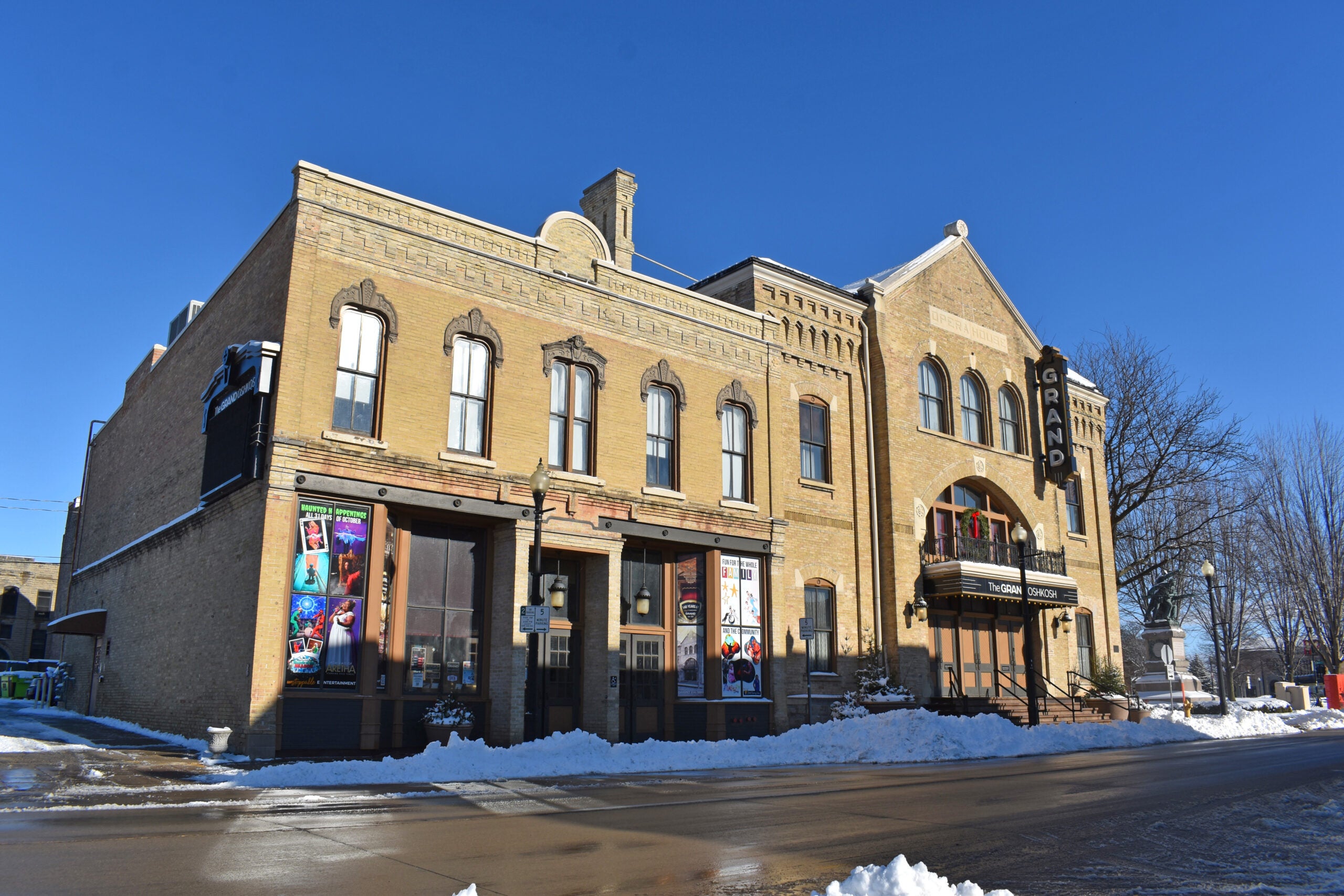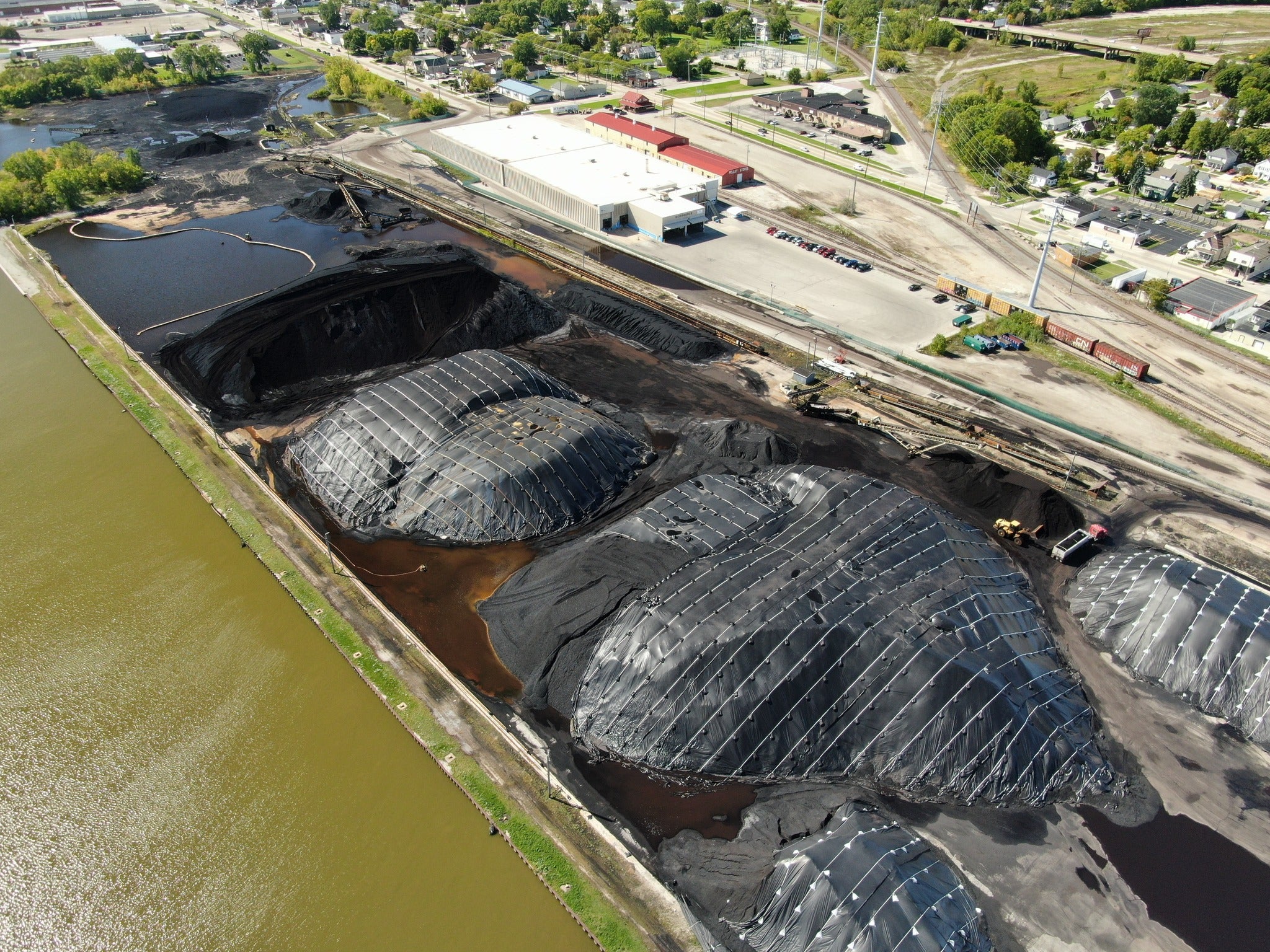A more than $10 million federal grant will help Brown County transform a decommissioned power plant into a new state-of-the-art port facility.
The U.S. Department of Transportation announced the Port of Green Bay’s grant Friday. The Maritime Administration’s Port Infrastructure Development grant is paid for by the bipartisan infrastructure law and appropriations from Congress.
Officials say the Port of Green Bay project will have an economic impact of $87 million over the first five years and will create 20 jobs, as well as allow the city of Green Bay to redevelop a 35-acre parcel on its downtown riverfront.
Stay informed on the latest news
Sign up for WPR’s email newsletter.
“So many of the goods we all count on, from appliances to furniture to clothes, move through our nation’s ports on their way to us,” U.S. Secretary of Transportation Pete Buttigieg said in a statement. “Using funds from President Biden’s bipartisan infrastructure law, this year we’re awarding record levels of funding to improve our port infrastructure, strengthen our supply chains and help cut costs for American families.”
Turning the Pulliam power plant site into a new port facility costs roughly $25 million and has been fully funded by grants.
That includes Friday’s award and a $15 million award the county received earlier this year from the Wisconsin Department of Administration, which was funded by the American Rescue Plan Act.
Brown County Ports Director Dean Haen said funding is the culmination of a years-long process to redevelop the power plant at the mouth of Green Bay.
“We’ve had this project on our minds for almost 20 years,” he said. “We acquired the property, and then it’s a heavy lift to have assembled the funds to be able to do this. And we’re very thankful to state and federal agencies that have come to help make this project a reality.”
Port of Green Bay
Brown County Executive Troy Streckenbach said the DOT grant will help strengthen the Port of Green Bay and Northeast Wisconsin as a whole.
“We know that ports are vital for the regional economies that they serve,” he said.
The Port of Green Bay is the westernmost port of Lake Michigan and provides a direct route for shipping goods and materials. It has 14 businesses located along three miles of the Fox River, and moves more than two million tons of cargo onto over 200 ships each year.
The Pulliam power plant redevelopment includes brownfield clean-up, dredging, resurfacing and filling-in an old boat slip, as well as constructing a new dock wall, crane pad, asphalt pads and rail lines.
Streckenback said the project is coming to fruition is a testament to two things.
“One, that the federal government (and) the state of Wisconsin government see the value in what this means to the overall economy of the state of Wisconsin,” he said. “And two, the ability for us to do this (means) we have people who are looking into the future and recognizing the importance of what the port represents to the overall economy of this region.”
In April, U.S. Sen. Tammy Baldwin wrote a letter to DOT officials in support of the Port of Green Bay and Brown County’s application.
“The redevelopment also presents an opportunity for the Port of Green Bay to move additional cargo using a variety of modes of transportation,” Baldwin wrote. “With the site’s location adjacent to rail, highway and water transportation facilities, the project has the potential to provide intermodal connections that are not found in other areas of the state.”
Riverfront redevelopment
Mayor Eric Genrich said the project will also help redevelop Green Bay’s downtown riverfront, which has the potential to boost the project’s impact beyond the $87 million mark.
The grant funds will help the city and county create a new home for Green Bay’s downtown coal piles at the plant site.
“The relocation of these coal piles is really going to be transformational,” Genrich said, “not just for our downtown and our riverfront, but also for the neighborhoods that are immediately adjacent.”
The coal, which has been downtown since coal yards began operating along the Fox River in the 1880s, are a major blight in the heart of the city, according to an application for the Department of Administration grant.
In 2018, residents living near the coal piles had Green Bay’s highest concentration of poverty. Half the residents were people of color and one third were under 18. That year average property values within a half mile of the piles were 65 percent lower than the overall city.
“It’s been an area that has experienced a lot of poverty and less homeownership than you would see in the rest of the community,” Genrich said.
That area has been a focus for the city in recent years, Genrich noted. He said many of the revitalization efforts around that neighborhood are beginning to “take hold.”
“If you go over there today, a lot of work is being done to improve that parcel and really make it an attractive place for people to spend some time on (with the addition of) a riverfront promenade, some floating docks, a fishing pier and some other amenities,” Genrich said. “It’s really part of a really comprehensive strategy to revitalize the riverfront, but also these adjacent neighborhoods that have been neglected for too long.”
Wisconsin Public Radio, © Copyright 2025, Board of Regents of the University of Wisconsin System and Wisconsin Educational Communications Board.
